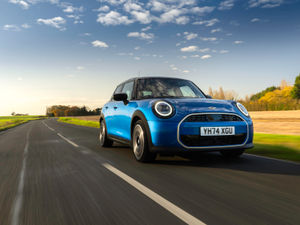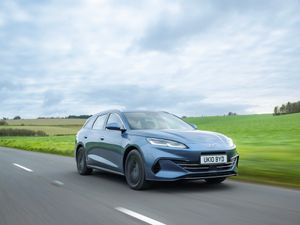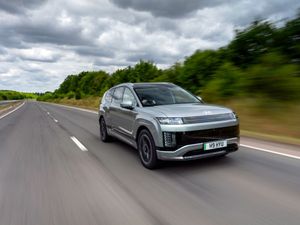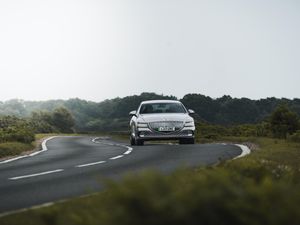Hyundai i10 - Top of the city class
Hyundai's quest for constant improvement means that it's set a high bar for itself with the latest version of its smallest car, the i10.
Is the Korean company's reputation for quality still apparent at this price point?
Hyundai is looking for its i10 city car to step up from being merely branded good value for money to being considered best in class – or thereabouts. With smart styling, plenty of pace inside, strong equipment levels and a focus on refinement, it's in with a genuine shot.
Sometimes, the stars just align perfectly for a car manufacturer. Such was the case back in 2009 when two largely unrelated circumstances coincided. The introduction of the Government's Scrappage Scheme saw a number of tired old cars being taken off our roads and resulted in a commensurate quantity of buyers with a modest sum of cash in their hands looking for something to buy. Fairly new onto the market and having just replaced the underwhelming Amica was the rather appealing Hyundai i10. Sales skyrocketed and for a while, the i10 was the country's best selling car. It didn't last. While i10 sales continued quite strongly, the end of the Scrappage Scheme saw buyers return to their usual buying habits.
Since then, Hyundai has tried hard to keep citycar buyers interested. It updated the engine choice in that MK1 model and facelifted the car a little in 2010, even resisting the temptation to significantly increase its bargain basement pricing. By the end of 2013 though, with over five years being a fairly decent innings for a car in this class, it was time for something fresh.
Step forward the second generation i10. It arrives to find that competition in the citycar sector has become much stronger in the last few years, with this Hyundai now having to contend with cars of the quality of the Volkswagen up!, Skoda Citigo and SEAT Mii triplets. In other words it'll have to be excellent to even get a look in.
Hyundai didn't go big on choice when the first i10 was launched. Everyone got a 67PS 1.1-litre petrol engine and that was their lot. That engine was subsequently upgraded to a 1.2-litre powerplant and it's this unit that carries over into the latest car, albeit mildly tweaked to offer better efficiency numbers and now developing 87PS, good for 62mph in 12.3s on the way to 106mph. Customers are also offered a 66PS 1.0-litre engine at the entry level which makes 62mph in 14.9s on the way to 96mph.
There's still no diesel engine offered and it's probably a sound decision. Buyers of this type of car rarely rack up enough miles to make the incremental cost of buying a diesel work out versus the savings they'd see in fuel bills.
As with 95 per cent of Hyundai cars sold in Europe, this i10 has been designed and developed at the Hyundai Motor Europe Technical Centre in Russelsheim, Germany, and is built at Hyundai's factory in izmit, Turkey. It's a bigger thing than its predecessor, adding 80mm to the length and 65mm to the width. It sits 50mm lower too, helping it avoid the Noddy-car look of many citycars. Inside, the i10 offers best-in-class legroom and cargo capacity. Front and rear passengers benefit from combined legroom of 1,890mm, while boot capacity has been boosted by more than 10 per cent to 252-litres with all seats in place.
It's sobering to think that this car is priced at just under £8,500, some 30 per cent higher than when its predecessor debuted in 2007.
There's a choice of three trim levels - S, SE and Premium - and at SE level, there's an extra £500 to pay if you want the 1.2-litre engine rather than the 1.0-litre unit. At entry-level, you get the basics - central locking, electric front windows, CD tuner + USB, Daytime Running Lights, ISOfix and tilt adjust steering wheel as standard.
By David Banner





